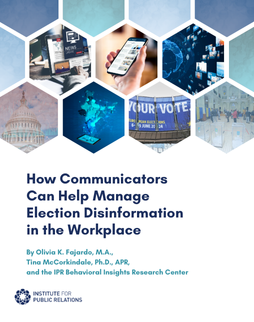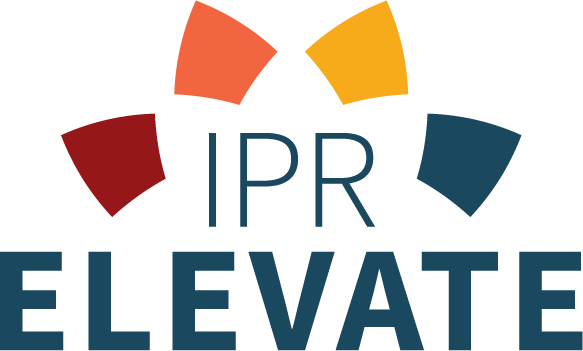Approximately half of social media managers say they work more than their colleagues and plan to leave their current role within two years, according to a new study of social media managers. The Institute for Public Relations, Ragan Communications, and the University of Florida partnered on a survey of more than 450 social media professionals about their career path, including the challenges and opportunities that lie ahead. The report focuses on the structure and budget of the social media function within organizations; the background, experience, and career path of the social media manager; and the job skills, work-life fit, and performance of the social media manager.
“Today there are more than 55,000 social media job listings on LinkedIn,” said Marcia DiStaso, associate professor and public relations department chair at the University of Florida. “At all levels, most of these positions are looking for someone who is collaborative, creative, and detail-oriented. Unfortunately, beyond this, we know little about the social media career ladder, so that is why we conducted this study.”
With the widespread use of social media, nearly every organization has a social media account, as resources are increasingly shifting to these digital channels and networks. In the USC 2019 Global Communications Report, 38% of U.S. CEOs said social media and online influencers would be the most valuable component of their company’s communications strategy in the future, more so than owned, earned, and paid media. Social media managers are responsible for giving brands a voice.
“This survey points to both the critical role of social media in storytelling and reputation management and the lack of a clear career path for many social media managers,” says Diane Schwartz, CEO at Ragan Communications. “We’re hopeful that this research will help organizations address this dichotomy.”
Some of the key findings include:
- Social media managers are ambitious. Seventy percent of social media managers want to be promoted in their positions, but only 40% saw that possibility in their current roles. More than half (57%) of the social media managers did not anticipate being in their current role for more than two more years.
- Social media managers typically work more than the standard 40-hour workweek. Most social media managers worked slightly more than the standard 40-hour workweek, averaging 41-59 hours per week. In terms of comparing how much they work in relation to others in their function, 48% said they worked the same number of hours as their colleagues while 47% said they worked more. Research has found burnout is definitely a concern for the “always-on” social media manager.
- Social media is often housed in communication/public relations and marketing departments. Half of the respondents (51%) said social media was in the communication/public relations function while slightly more than one-third (38%) said it resided in marketing. Only 4% said it was a stand-alone function.
- The primary role of social media managers is to create content and strategize. Two-thirds of respondents said their primary role as a social media manager was to create content (41%) and strategize (27%). Twenty percent said their primary role was to improve brand awareness and reputation.
- Social media managers frequently participate in internal strategy conversations. At least two-thirds of social media managers are involved in social media strategy (76%) and department/function strategy (68%). Forty-one percent participate in the overall business and organizational strategy.
“Little research exists about this increasingly critical position within organizations,” said Tina McCorkindale, president and CEO of the Institute for Public Relations. “We wanted to learn more about the career path of social media managers and also look into our crystal ball to see what’s ahead for them and the function.”
Methodology
The Institute for Public Relations, Ragan Communications, and the University of Florida conducted a survey about the career path of social media professionals, including the challenges and opportunities that lie ahead. Respondents were given an opportunity to enter a drawing for three $50 gift cards and to receive a copy of the report at the end of the survey. A total of 451 respondents participated in the survey. Twenty-two people indicated that they are not involved with their organization’s social media, so they were removed from the study. Fifty people did not complete the study after the first question. Therefore, the study included 379 respondents with a margin of error of +/-5%.
About the Institute for Public Relations
Founded in 1956, the Institute for Public Relations is an independent, nonprofit foundation dedicated to the science beneath the art of public relations™. IPR creates, curates, and promotes research and initiatives that empower professionals with actionable insights and intelligence they can put to immediate use. IPR predicts and analyzes global factors transforming the profession, and amplifies and engages the profession globally through thought leadership and programming. All research is available free at www.instituteforpr.org and provides the basis for IPR’s professional conferences and events.
###
Media Contact:
Brittany Higginbotham
Communications Associate
Institute for Public Relations
brittany@instituteforpr.org



